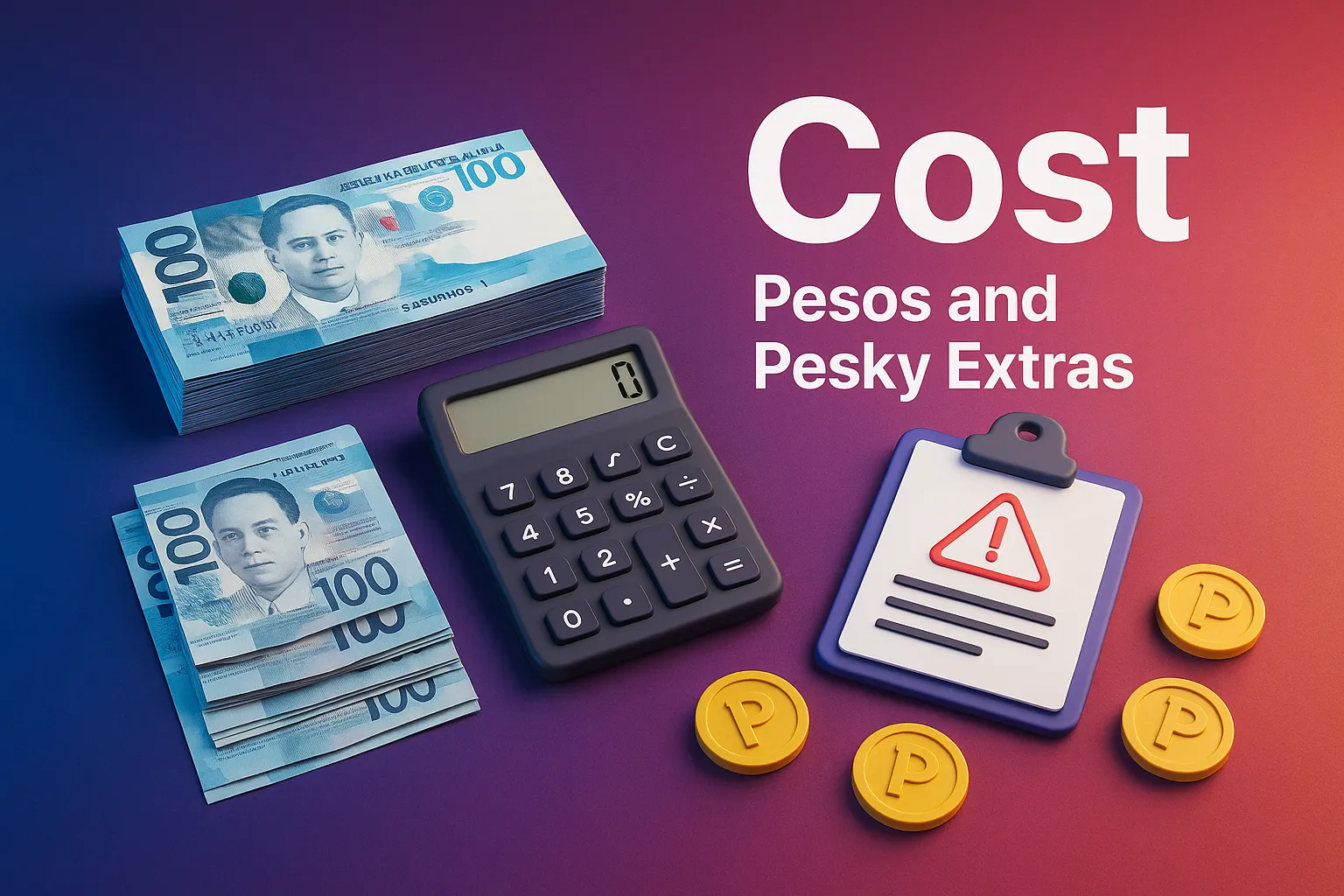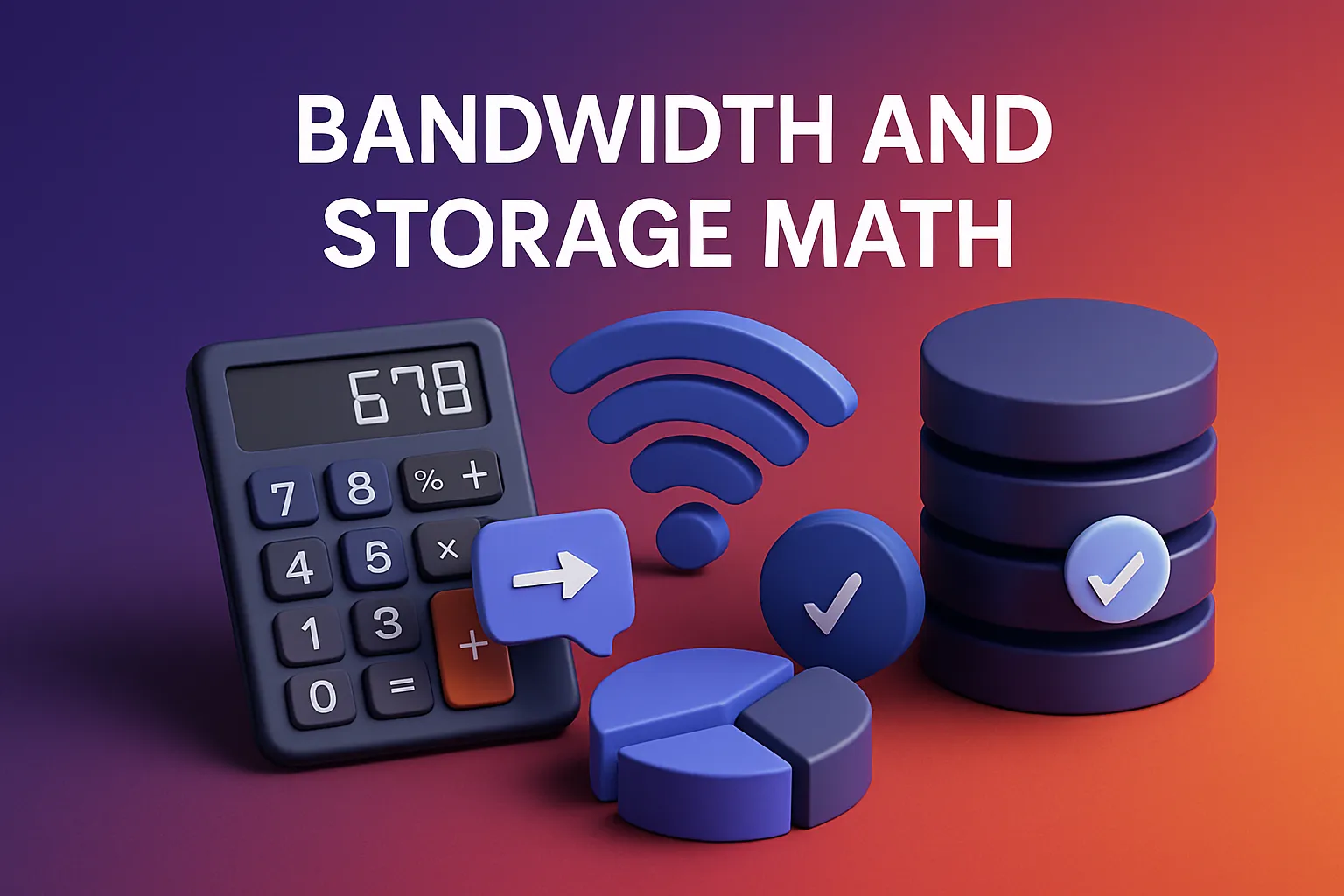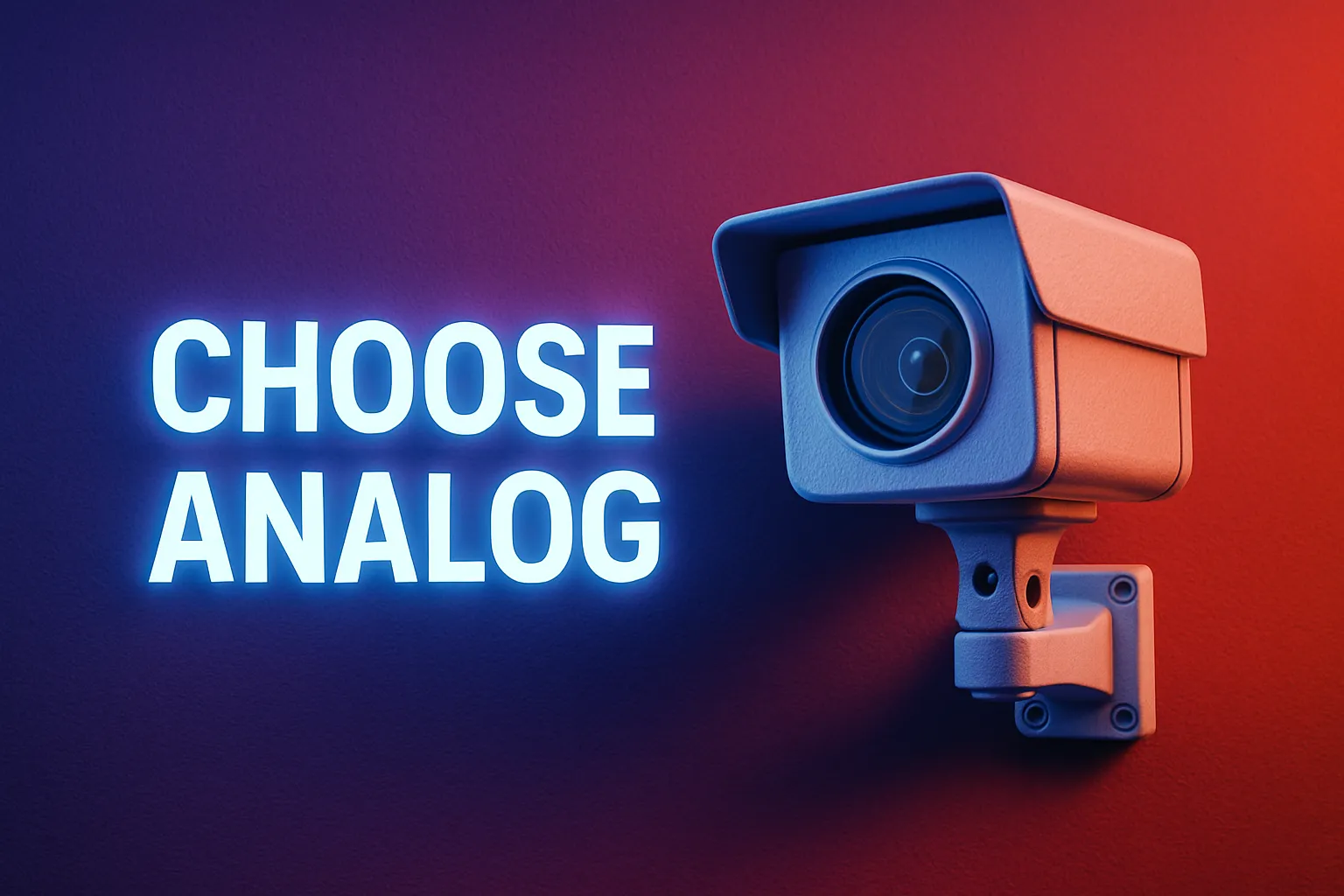Every morning at 4 a.m., a modest pan-de-sal bakery floods the street with that unmistakable toasty-yeast smell. After a string of pre-dawn break-ins on the next block, the owners found themselves weighing two very different security quotes:
- A budget-friendly four-channel analog DVR kit from the nearby hardware store.
- A single high-resolution IP camera package pitched by a tech-savvy relative.
Which route gives better peace of mind—and at what real cost? Below is the same side-by-side comparison they used to decide, boiled down to the essentials you actually need.

Editor
Lloyd Kelly Miralles chevron_right
Table of Contents
Understanding the Basics

Analog CCTV (DVR kits)
Traditional cameras send raw video through coaxial cables to a Digital Video Recorder, which then digitizes and stores footage. Picture an old-reliable jeepney: noisy cables, proven track record, minimal frills.
IP CCTV (network cameras)
IP (Internet Protocol) models digitize footage inside the camera and stream it over Ethernet or Wi-Fi to a Network Video Recorder, local server, or straight to your phone. Think e-jeep: connected, feature-rich, sometimes a bit fussy about infrastructure.
Picture Quality and Clarity

The bakery needed to read license plates 15 meters away.
- Analog tops out around 1080 p (with HD-TVI/AHD flavours). Faces are clear within 5–8 m, but plates blur beyond that unless you pay extra for 5 MP or 8 MP “HD-analog” units—signal softens on long coax runs.
- IP easily scales to 4 K and beyond. Plates at the far end of the lot? No problem—just be ready for bigger storage and bandwidth bills.
Takeaway: Close-range identification = analog is fine. Long-range detail = IP wins.
Cost: Pesos and Pesky Extras

Up-Front Hardware
- Analog bundles (4 cams + DVR) start at ₱4 k–₱6 k.
- A single 4 K IP cam often costs ~₱3 k; add ₱2 k–₱4 k for an NVR.
Cabling
- Coax + power: cheaper per meter, but you pull two cables to every cam.
- Cat 6 for IP: pricier, yet one line handles PoE and data—less drilling, tidier runs.
Hidden Charges
- Analog DVRs rarely have cloud fees, though remote viewing may require tricky port-forwarding.
- Many IP brands tuck advanced AI under ₱150–₱400 / cam / month subscriptions. Read that fine print like a nutrition label.
Smart Features and AI

By mid-2025, even budget IP cams boast:
- Human, vehicle, and parcel detection
- Custom motion zones drawn with a fingertip
- Two-way audio (“Hoy, bayad muna!”)
- On-edge AI that keeps footage local for privacy compliance
Analog’s smartest trick is basic pixel-change “motion recording,” so expect plenty of false alarms when a cat strolls by.
Bandwidth and Storage Math

Cheat sheet (per cam, 24/7 recording):
- Analog 1080 p @ 15 fps, H.264: ≈ 2 GB / hour
- IP 4 K @ 15 fps, H.265+: ≈ 4 GB / hour
Multiply by days and cameras to size your drives. The bakery’s 1 TB DVR could hold about eight days of analog footage but only five days from a single 4 K IP cam—unless motion-only triggers or larger disks enter the chat.
Reliability During Brownouts

- Analog: A single 650 VA UPS kept the entire four-cam kit alive for roughly 20 minutes—plenty for typical metro brownouts.
- IP: PoE switch and NVR drain UPS capacity. You might need a beefier 1000 VA unit or multiple smaller ones. Point to analog for tight budgets.
Network Security Concerns

Analog is mostly “air-gapped”; attackers need physical access. IP cams ride your home network.
- Risks: factory passwords, outdated firmware, shady P2P servers.
Mitigations: change creds on day one, enable 2FA, keep firmware current, and segment cams on a guest SSID or VLAN.
Scalability and Future-Proofing

Analog DVRs come in fixed 4/8/16-channel flavours—expanding often means swapping the whole box. IP systems act like Lego: add a PoE switch, mix resolutions, integrate smart lights or door sensors later. If your layout might grow, IP flexibility pays dividends.
Quick-Glance Decision

Choose Analog if:
- Budget is tight and you need multiple views immediately.
- Key subjects are within 10 meters.
- The website is unreliable or nonexistent.
- You prefer a largely offline setup.

Choose IP if:
- Facial detail and license plates at 15 m+ matter.
- You want AI alerts, remote firmware, or cloud redundancy.
- Expansion (extra cams, smart lights) is likely down the road.
- You’re comfortable with—or can outsource—basic network security.
The Middle-Ground Compromise

Many small businesses land on a hybrid: inexpensive 1080p analog bullets for close-range coverage ,plus one or two 4K PoE IP cams aimed at entrances or parking areas that demand detail. One UPS, two technologies, no blind spots.
Conclusion
There’s no universal winner. Analog remains alive because it’s rugged and cheap; IP dominates for clarity and smarts. The best choice guards your most crucial moments—whether that’s trays of rising dough or cartons of e-commerce parcels. To help you decide, we’ve reviewed the best CCTV cameras in the Philippines to match every use case and budget.
Related Articles:
- How to Choose the Right CCTV Camera
- How to Maintain Your CCTV System
- How to Install CCTV Cameras
- Troubleshooting CCTV Cameras
- Best CCTV Cameras in the Philippines
